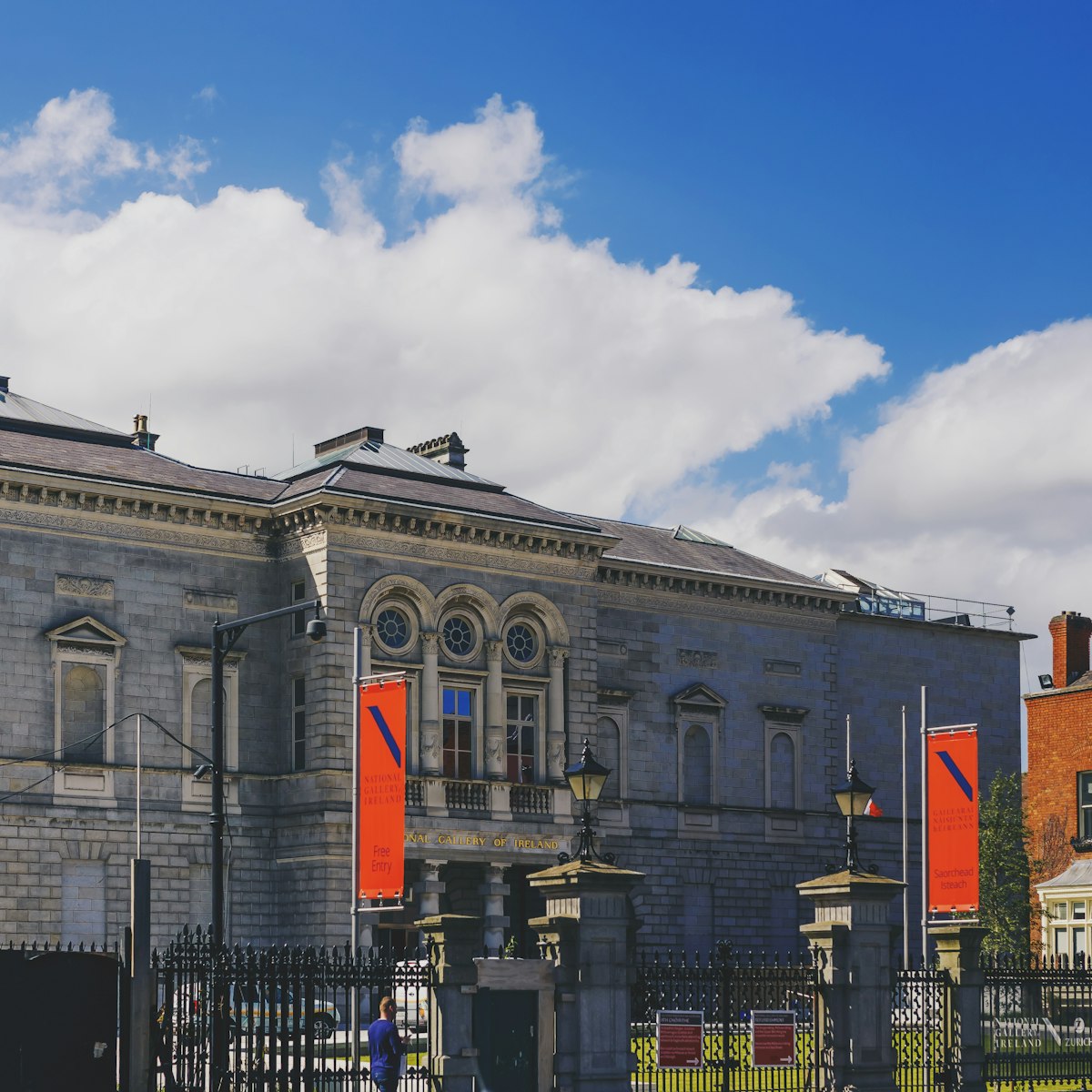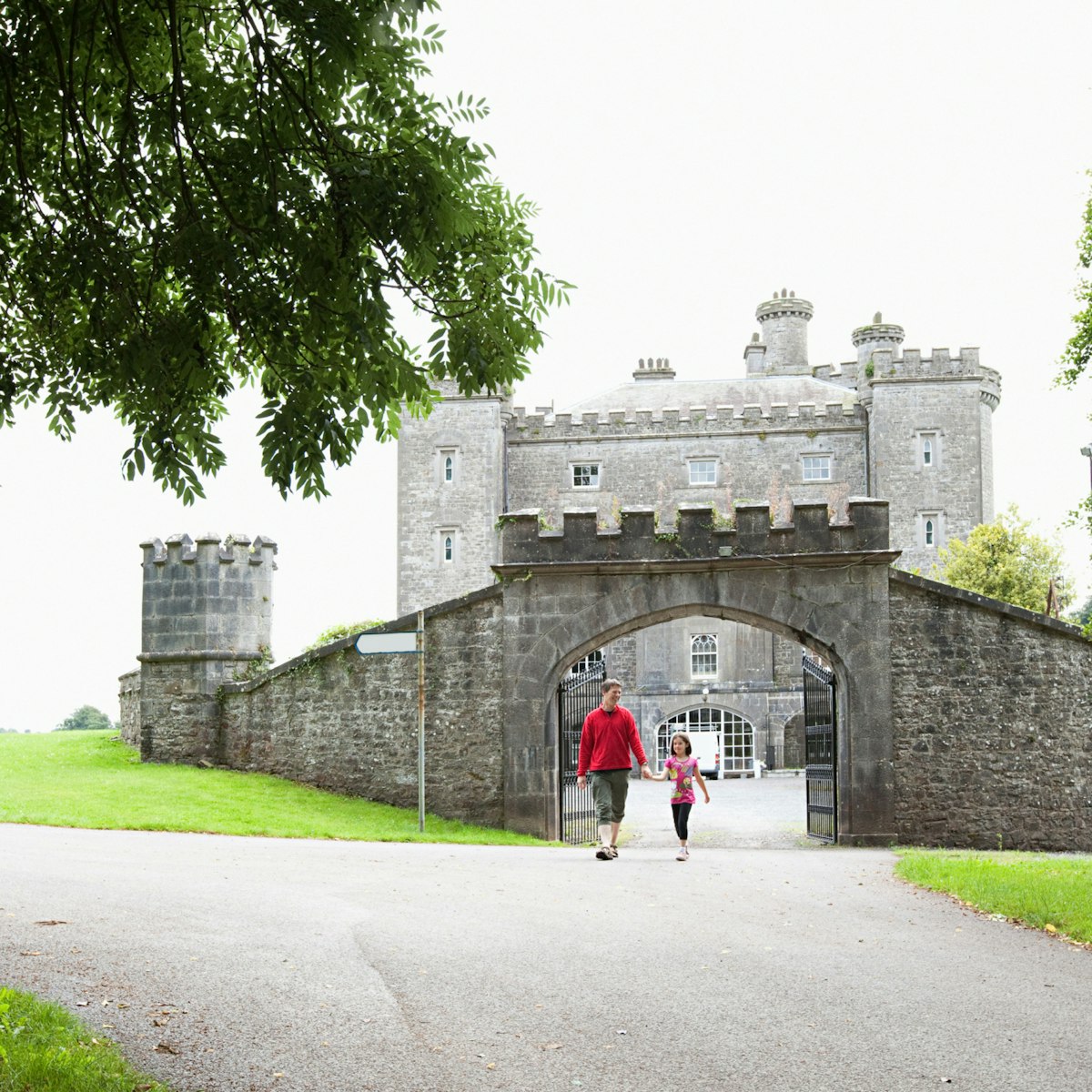In its Anglo-Norman prime, this abbey, 1.5km off the main Drogheda–Collon road (R168), was the Cistercians' first and most magnificent centre in Ireland. Highly evocative and well worth exploring, the ruins still reflect the site's former splendour.
Mellifont's most recognisable building and one of the country's finest examples of Cistercian architecture is the 13th-century lavabo, the monks' octagonal washing room.
In the mid-12th century Irish monastic orders had grown a little too fond of the good life and were not averse to a bit of corruption. In 1142 an exasperated Malachy, bishop of Down, invited a group of hard-core monks from Clairvaux in France to set up shop in a remote location, where they would act as a sobering influence on the local clergy. Unsurprisingly, the Irish monks didn't get on with their French guests, and the latter soon left for home. Still, the construction of Mellifont continued, and within 10 years, nine more Cistercian monasteries were established. Mellifont was eventually the mother house for 21 lesser monasteries; at one point as many as 400 monks lived here.
In 1556, after the Dissolution of the Monasteries, a fortified Tudor manor house was built on the site.
There's good picnicking next to the rushing stream. The visitor centre describes monastic life in detail.







